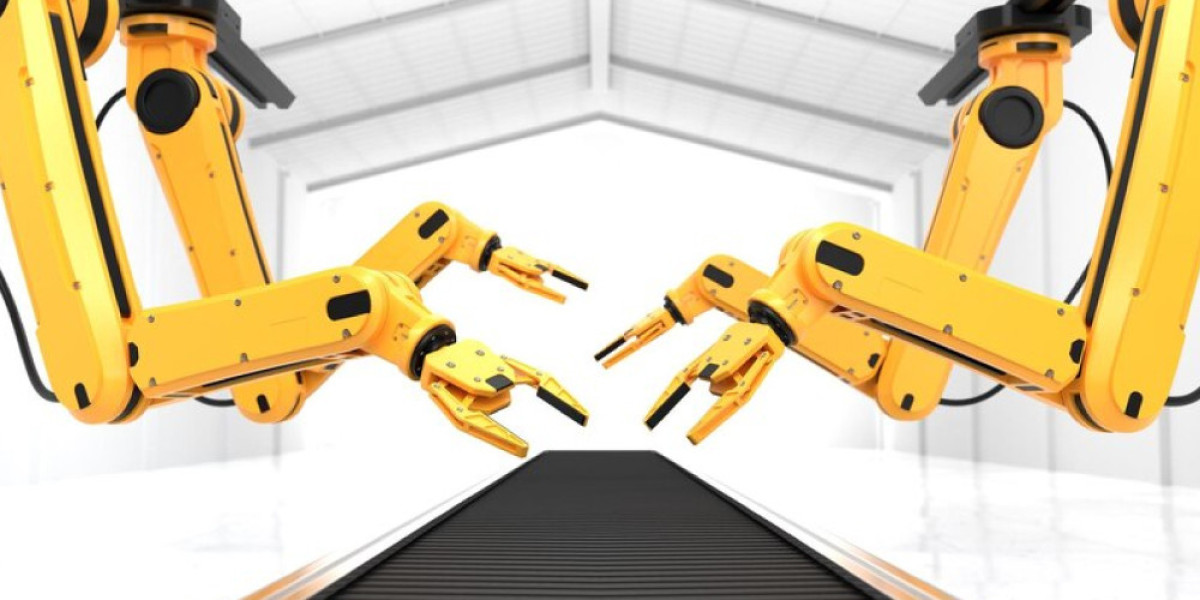The Cryogenic Tank Market Growth is driven by several key factors, including the increasing demand for LNG as a cleaner energy source and the expansion of cryogenic applications in various industries. The oil and gas sector is a significant contributor to market growth, as companies invest in cryogenic storage and transport solutions to enhance efficiency and reduce emissions. Additionally, the healthcare industry is utilizing cryogenic tanks for the storage of medical gases and biological materials. The ongoing emphasis on sustainability and energy efficiency is also propelling market growth, as industries seek innovative cryogenic solutions that minimize environmental impact. Overall, the cryogenic tank market is expected to experience robust growth in the coming years.
The global demand for cryogenic storage solutions has seen remarkable growth over the past decade. Cryogenic tanks, specialized containers designed to store extremely low-temperature liquids, are integral to industries such as healthcare, energy, aerospace, and chemicals. These tanks are capable of storing substances like liquid nitrogen, liquid oxygen, and liquefied natural gas (LNG) at temperatures well below -150°C. The primary function of these tanks is to ensure the safe containment and transport of cryogenic fluids while minimizing evaporation and preserving the chemical properties of the stored liquids. As industries continue to expand and the need for low-temperature storage rises, the cryogenic tank market has emerged as a crucial segment within the industrial storage solutions industry.
Market Drivers and Growth Factors
The cryogenic tank market is being propelled by several key factors. One of the most prominent drivers is the increasing demand for LNG as a cleaner energy alternative to traditional fossil fuels. LNG is rapidly becoming a preferred choice in power generation and transportation due to its lower carbon emissions. Efficient storage and transportation of LNG necessitate advanced cryogenic tanks capable of maintaining ultra-low temperatures during transit. Furthermore, the healthcare and pharmaceutical industries rely heavily on cryogenic tanks for the storage of vaccines, blood, reproductive cells, and other biological materials. The recent global focus on vaccine storage and distribution has amplified the importance of reliable cryogenic solutions. In addition, rapid industrialization in emerging economies has fueled the demand for industrial gases such as oxygen, nitrogen, and argon, which require specialized storage systems. These factors collectively drive the continuous expansion of the cryogenic tank market worldwide.
Types of Cryogenic Tanks
Cryogenic tanks can be categorized into multiple types based on their design, functionality, and applications. Stationary cryogenic tanks are typically large, fixed units used in industries where constant access to cryogenic liquids is required, such as chemical processing plants and hospitals. These tanks are designed for long-term storage and are equipped with insulation systems to reduce thermal loss. On the other hand, transport cryogenic tanks are mounted on trucks, trailers, or railcars and facilitate the safe movement of cryogenic liquids over long distances. These mobile solutions are essential for industries that need to deliver cryogenic substances to remote locations or supply chain endpoints. Another category includes portable dewars, small-scale tanks used in laboratories, medical facilities, and research institutes. Each type of cryogenic tank is engineered with unique features, including vacuum insulation, pressure relief valves, and safety monitoring systems, ensuring both efficiency and safety.
Technological Innovations in Cryogenic Tanks
Innovation in cryogenic tank design has significantly improved their performance and safety. Modern tanks incorporate vacuum-insulated panels and multi-layered insulation techniques to minimize heat ingress and reduce boil-off rates. Boil-off refers to the evaporation of stored cryogenic liquid, which can lead to product loss and safety hazards. By improving insulation and integrating pressure control systems, manufacturers have achieved longer storage durations and enhanced operational efficiency. Additionally, digital monitoring systems and IoT-enabled sensors are now being deployed to track temperature, pressure, and liquid levels in real time. These advancements not only optimize operational control but also ensure compliance with stringent safety and environmental regulations. The adoption of these technologies has contributed to the growing reliability and acceptance of cryogenic tanks across multiple industries.
Applications Across Industries
Cryogenic tanks are indispensable across diverse industries. In the energy sector, LNG storage and transportation are critical for power generation and fuel supply. Energy companies require large-scale cryogenic tanks to manage inventories and maintain consistent supply chains. In the healthcare sector, cryogenic tanks are utilized for preserving blood, stem cells, and vaccines. The pharmaceutical industry relies on these tanks to store temperature-sensitive drugs and biologics, ensuring they maintain efficacy throughout the supply chain. Industrial gas companies also benefit from cryogenic tanks for the storage and transportation of gases used in welding, manufacturing, and metal processing. Additionally, the aerospace sector uses cryogenic tanks to store liquid hydrogen and oxygen, which serve as propellants for rockets and space exploration missions. The versatility of cryogenic tanks makes them essential in any application where low-temperature storage and safe handling of liquefied gases are required.
Regional Market Insights
The cryogenic tank market exhibits dynamic growth across various regions. North America remains a major market, driven by the widespread adoption of LNG and advanced healthcare infrastructure. Europe has also seen substantial demand due to strict environmental regulations and the transition toward cleaner energy solutions. In the Asia-Pacific region, rapid industrialization, expanding pharmaceutical production, and growing LNG import capacity have significantly boosted market growth. Emerging economies such as India, China, and Southeast Asian nations are witnessing a surge in investments for LNG terminals and industrial gas facilities, creating significant opportunities for cryogenic tank manufacturers. The Middle East, with its vast energy reserves, is also investing heavily in LNG storage and transportation infrastructure, further contributing to regional demand.
Challenges and Market Restraints
Despite the growth potential, the cryogenic tank market faces certain challenges. The high cost of advanced cryogenic tanks, particularly those with sophisticated insulation and monitoring systems, can be a barrier for small and medium-sized enterprises. Safety concerns associated with handling extremely low-temperature liquids require extensive training and strict adherence to regulations, which may add to operational complexity. Additionally, the market is susceptible to fluctuations in the price and availability of raw materials such as stainless steel and aluminum, which are essential for tank manufacturing. Addressing these challenges through cost optimization, technological innovation, and enhanced safety protocols will be key for sustained market growth.
Future Outlook and Opportunities
Looking ahead, the cryogenic tank market is expected to maintain strong growth driven by the expansion of LNG infrastructure, the pharmaceutical cold chain, and industrial gas applications. Emerging technologies, including advanced insulation materials, smart monitoring systems, and automated filling solutions, will further enhance market potential. Strategic collaborations between tank manufacturers and end-users, along with investments in research and development, will likely drive innovation and operational efficiency. As industries increasingly prioritize sustainability, safety, and efficiency, cryogenic tanks will play a pivotal role in supporting industrial growth and energy transition strategies worldwide.
Automated Guided Vehicle Market








